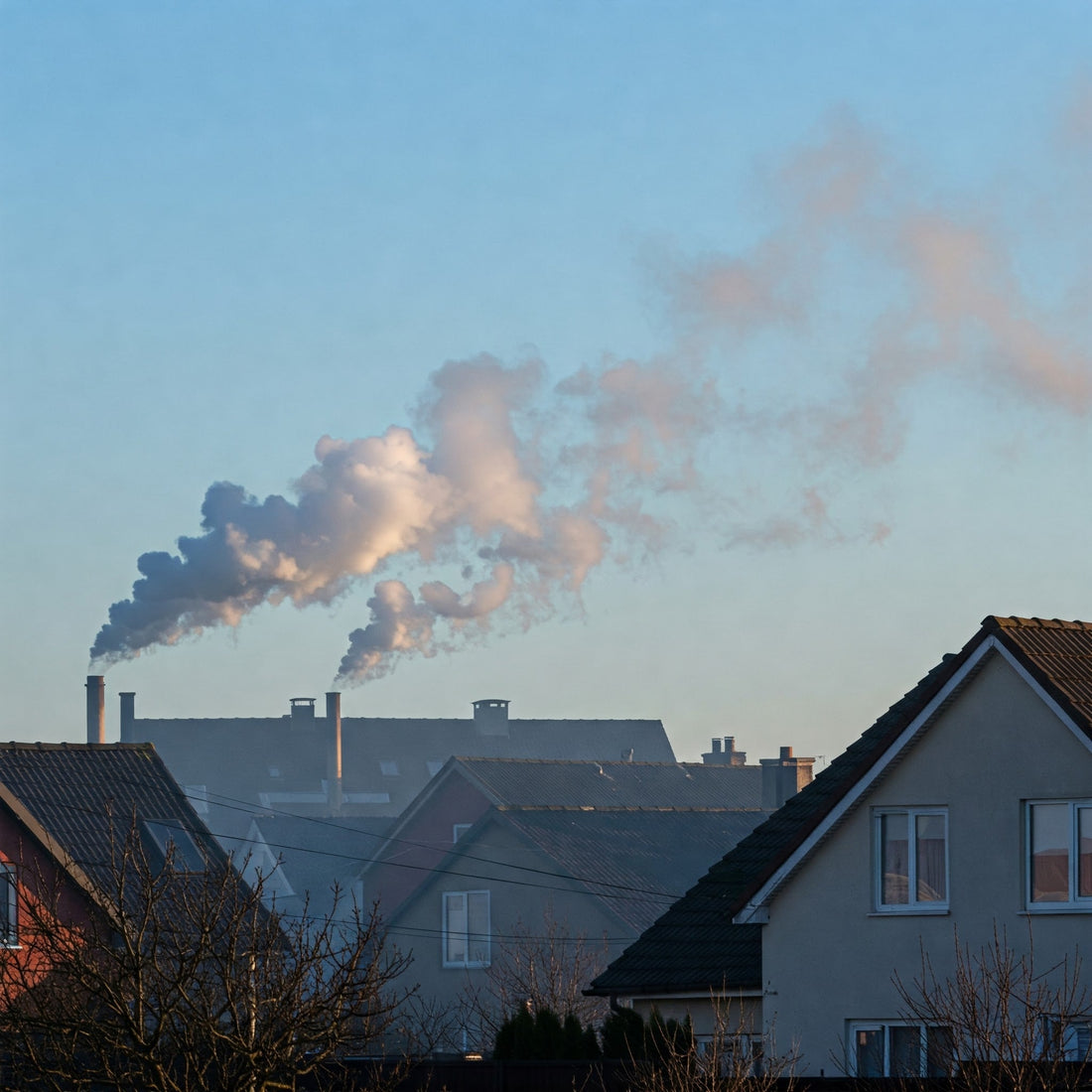
The Impact of Chimney Emissions on the Environment—and How to Reduce It
Share
When we think about air pollution and environmental hazards, chimneys might not be the first thing that comes to mind. However, the emissions from chimneys—especially those from wood-burning fireplaces—contribute significantly to air quality issues. In this post, we'll discuss the environmental impact of chimney emissions and share practical tips on how to reduce them.
Understanding Chimney Emissions
Chimney emissions primarily consist of particulate matter (PM), carbon monoxide (CO), volatile organic compounds (VOCs), and greenhouse gases like carbon dioxide (CO2). The type and amount of pollutants released vary depending on the fuel burned, the efficiency of the chimney, and the maintenance routine followed.
-
Particulate Matter (PM): Tiny particles that can penetrate the lungs and bloodstream, causing respiratory problems.
-
Carbon Monoxide (CO): An odorless, colorless gas that can be lethal in high concentrations.
-
Volatile Organic Compounds (VOCs): Organic chemicals that evaporate into the air and may cause health issues.
-
Greenhouse Gases (CO2): Major contributors to climate change when emitted in large quantities.
Environmental Impact of Chimney Emissions
Chimney emissions impact both local and global environments. On a local level, particulate matter and VOCs can degrade air quality, affecting human health and ecosystems. On a global scale, carbon emissions contribute to climate change by trapping heat in the atmosphere.
Wood-burning stoves and fireplaces are particularly problematic. Inefficient combustion leads to higher emissions of harmful pollutants, especially when burning wet or improperly seasoned wood. Additionally, poor maintenance can cause creosote buildup, which not only increases fire risk but also contributes to emissions.
How to Reduce Chimney Emissions
Reducing emissions from your chimney doesn't have to be complicated. Here are some actionable steps to make your fireplace more environmentally friendly:
-
Use Seasoned or Kiln-Dried Wood: Burning dry, well-seasoned wood significantly reduces emissions compared to wet or green wood.
-
Install a High-Efficiency Stove or Insert: Upgrading to a modern, EPA-certified stove can cut emissions by up to 70%.
-
Regular Chimney Maintenance: Clean your chimney annually to prevent creosote buildup, which can increase emissions.
-
Consider Alternative Heating Options: Electric or gas fireplaces produce fewer emissions and are more energy-efficient.
-
Use Proper Burning Techniques: Start fires with kindling and gradually add larger logs to ensure complete combustion.
Conclusion
Chimney emissions may seem like a minor issue compared to industrial pollution, but they can have a significant impact on air quality and climate change. By taking steps to reduce emissions through proper maintenance, efficient burning techniques, and modern technology, you can enjoy a warm, cozy fire without compromising the environment. Make your fireplace a sustainable part of your home by being mindful of your burning practices and maintenance routine.
